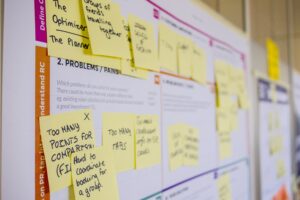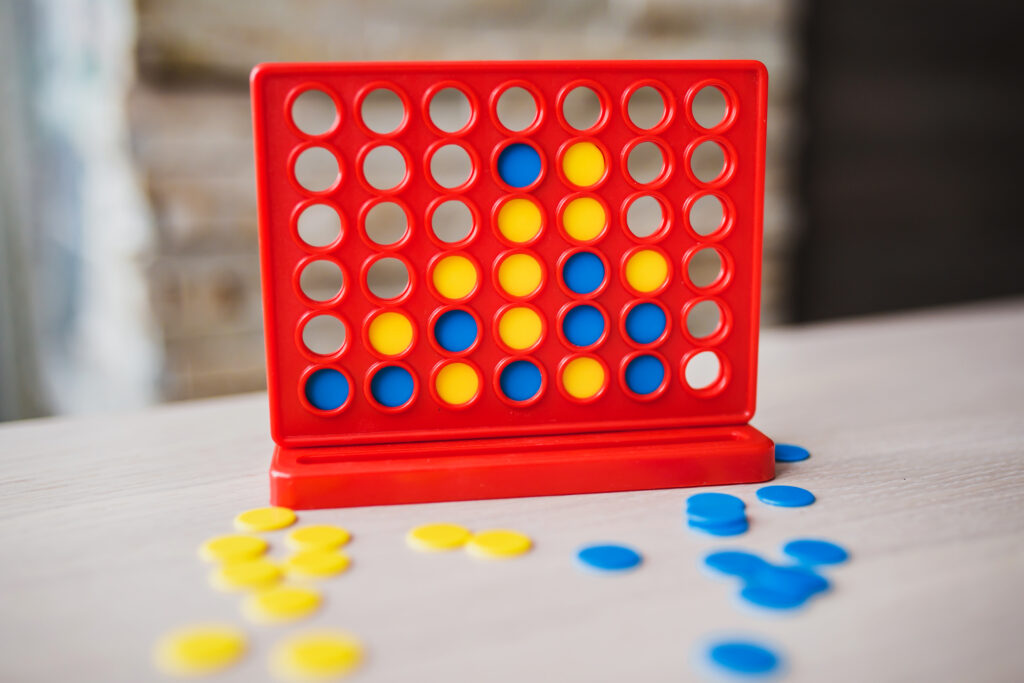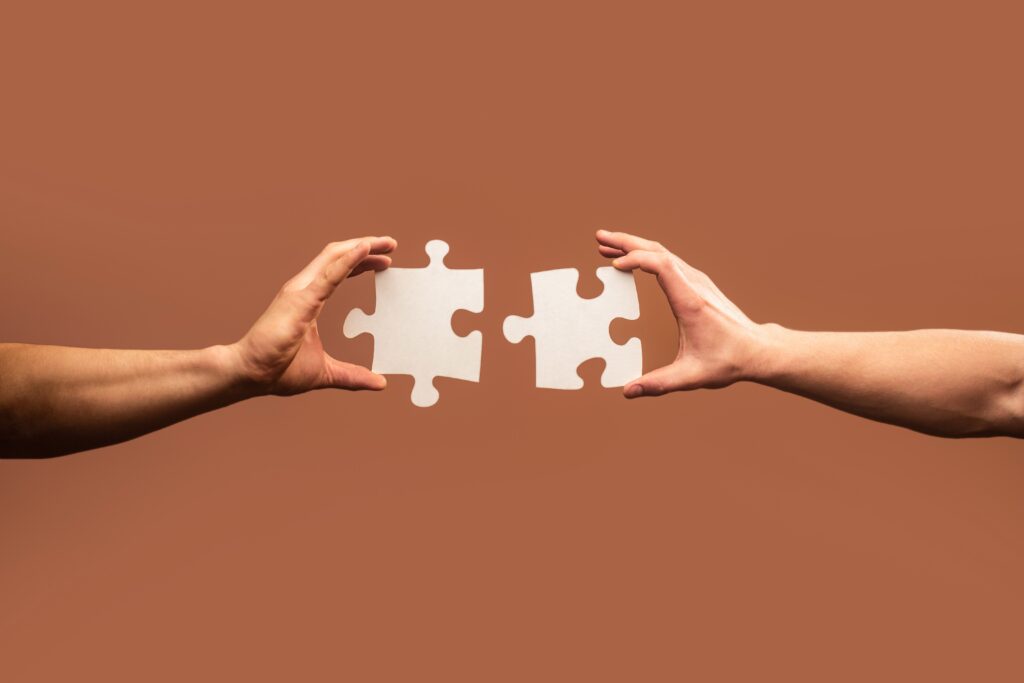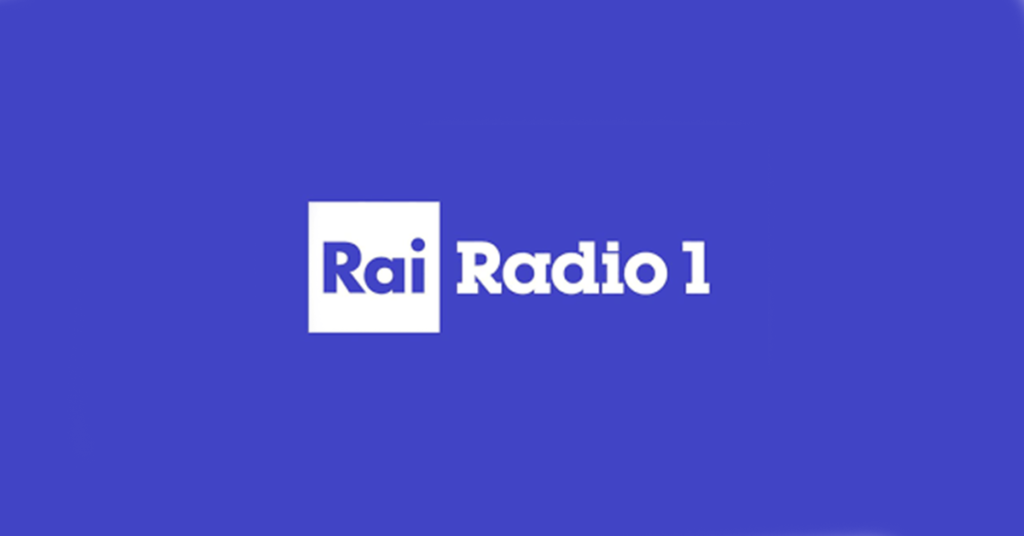In a scenario where about 70% of European citizens make online purchases and where, more generally, consumers look for information online before making a purchase, it is clear that building an e-commerce site today involves paying close attention to what the user seeks and wants to find. However, this doesn’t only mean focusing on the clarity and organisation of content, but also on having information architecture designed to meet the needs of users.
The content is, of course, the reason a user visits a site and, if they cannot find the information or the product they are looking for, they will surely go elsewhere, (very likely never to return).
“If the user can’t find the product, the user can’t buy the product.”
To properly structure a website, it is essential that UX and SEO work together in the construction of the information architecture to promote both the user’s actual browsing experience and the site’s readability and scoring by search engines. This is also the advice of Google which, with the introduction of Page Experience and Core Web Vitals, specifically aims to reward in the search results those sites that offer the best User Experience.
Keyword research at the service of UX
The better the information we put on our site responds to the questions asked by users, the more the search engine will tend to provide it, thus rewarding us in the SERP. With this consideration in mind, we must ask ourselves: what are users looking for and how do they search for it?
To answer this question, we need to carry out an analysis of search habits (keyword research) in order to learn about people’s needs, categorise them according to Search Intent and organise our content to provide the requested information. Basically, we try to give the user what they are looking for. And so we set up the information architecture of the site, which in practice simply means organising the content to allow spiders to scan the information in order of priority with respect to the needs expressed by users and, at the same time, we provide them with optimally-organised content on the site.
Findability & discoverability
In the architecture of a site, it is important to keep in mind two fundamental concepts: the findability and discoverability of information. In other words: having arrived on the site, the user must easily find the information to convince him that a certain content he needs is present on that site (findability) and, at the same time, he must find new ideas and/or new features that he was not aware of, helping to make the browsing experience engaging and positive (discoverability).
Good discoverability can only exist with a solid system for searchability that is contextually optimised for findability.
Through analysis of the SEO team’s research intentions and UX analysis and research, users’ reasoning, behaviours and biases can be studied by capturing the mental models that guide the search for information; navigation can then be organized in order to meet their needs. This is the reason for the transposition of architecture in navigation, defining the menu elements, internal linking, page layouts, features and services offered by an ecommerce.
Human-Centred Design: the focus is not only on the user
But it’s not all straightforward. In the first place, there is a myth to “undo”: it is not only the user who needs to be considered (User-First Design); account must also be taken of business needs, stakeholders and a large number of people with specific objectives, KPIs and interests, all with a stake in the construction of a site or ecommerce. What if their goals don’t match the user’s needs?
We believe that, from now on, we should move away from the concept of User-First and instead consciously embrace that of Human-Centred Design.
As just mentioned, it is essential to understand the different business objectives of everyone involved in the process of defining and creating a digital strategy but also the real needs of those who will benefit from the product we offer. Design Thinking can help with this; it a design model that uses a structured vision to manage problems and identify solutions in a creative way. Through dynamic collaboration with stakeholders and end users, together we can immediately define what a digital product should look like, based on people’s needs. And that’s why we now talk of Human-Centred Design and not just User-First.
The needs of users, in fact, do not always correspond to those of stakeholders or rather, they are often only one part of the business objectives. To respond to the latter, we must focus on the characteristics that differentiate the business from its competitors in order to enhance it in the eyes of the user. How do we do that? UX and SEO allow you to carry out a study of the brand and the market context from different points of view, developing benchmarks of experiences and functionality and scenario analysis. This mindset of openness to context impacts positively in two ways: on the one hand, it impacts stakeholders, who will have the opportunity to see what competitors do to underline and differentiate the uniqueness of their offers and proposals and, on the other hand, it impacts users, who expect our site to offer them an experience better than that previously experienced on other platforms, in terms of functionality and services.
Once the information architecture and navigation have been defined, it is important, both before and after publication, to validate it through workshop sessions with real users to verify the efficiency of the proposal (card sorting or tree testing), and through tests of actual use performed by users in target (user test), so as to ensure that navigation and content organisation is as immediate and effective as possible in guiding the user towards their objectives and expectations.
One aspect that, erroneously, is often given too little weight is the constant monitoring and updating necessary for an e-commerce site. It is therefore essential to recognise that both users’ and stakeholders’ expectations evolve over time and so there is a need also to adapt the service/product. Consider how naturally it comes to us now to “scroll” a page and yet this movement, some years ago, was unknown to us; or how new market trends and new searches are constantly emerging that can give rise to updated content on the site that users would expect to find. This shows how important it is to continually and actively update and review a site to ensure that you do not miss opportunities to engage the end user by supporting them to meet the business objectives.
Data-driven and synergistic work
The data-driven approach, using quantitative and qualitative data that enrich each other, is crucial to correctly setting the foundations for Human Centred Design. The synergy between SEO and UX allows us to avoid the approach to “silos” according to which certain elements of the site are chosen on the basis of the needs of one at the expense of the other. As we work together to develop the overall work process, from data collection to strategy definition, we do not proceed through compromise but through solutions, aiming to provide the best service and never losing sight of the final goal: achieving business objectives that respond to the needs of users.
This article was written by Claudia Caldara, SEO Team Manager and Nicole Chinaglia, UX Consult
















